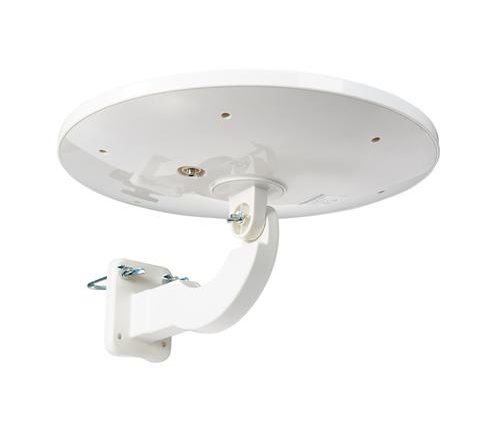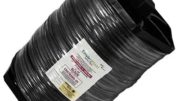Most folks don’t go out on the water just to watch TV. I get that. But still, there are plenty of times when you might just want to watch a little live TV. You’d be surprised how many times it can come up, especially for those folks who settle in to overnight trips. So, let’s take a look at the facts.
FACT: Cell service may fade away when you’re less than 3 miles offshore
Cell towers are designed to cover an area about 1.5 miles from the tower. If the tower itself is located with a clear line of sight to the water, you’ll get more range than that. Calm air over the water and the lack of buildings will help that signal travel further. Add a cell phone signal booster and you’ll bet maybe 10 mile range. But, it could be a problem on cloudy or windy days if you’re that far out.
FACT: Satellite TV and satellite internet will get you 50-100 miles offshore but…
I’m a big fan of the satellite services offered by our Signal Connect division. I think they are a great value. But I’m also going to be honest with you. Those solutions may cost more than you’re willing to pay. If you’re not expecting to use those services a lot, it may not be a good value for you.
FACT: Over-the-air antennas work great if you’re in one location for the night
One of the few limitations to over-the-air antennas is pretty obvious if you’re on a boat. You won’t get reception if you’re going more than about 15mph. But if the boat’s just gently drifting or moving slowly, ths isn’t a problem. If your whole goal is just to have something to watch when you decide to turn in for the night, an over-the-air antenna is a great choice.
FACT: There are over-the-air antennas that work great on boats
Although there aren’t really TV antennas that are specifically designed for harsh marine environments, any antenna will work. I tend to recommend a plastic-clad antenna like this Antop UFO Omnidirectional antenna. It’s going to afford the antenna’s working parts some protection against the elements. It’s also going to fit right in on your boat and mount to practically any vertical surface.
Basically, the same rules apply when you’re talking about TV on the water as they do on land: You have to be within signal range (up to 60 miles in the case of this antenna), you have to have a clear line of site to the towers, and you have to be going under about 15 miles per hour. That speed limitation is something you’ll deal with in all digital TV antenna broadcasts and it’s something that’s sort of baked in. It is technically possible to create antenna systems that work at virtually any speed. The next generation of broadcast technology, if it ever comes out, will get rid of that problem completely. Best of all, the antenna you buy today will work with future standards as well as the ones in use today.
A virtually perfect solution
The speed limitation shouldn’t present too much trouble as most folks only watch TV when there’s nothing to do on the water. It’s a nice pleasant diversion before going to sleep, for example. At that point the boat’s not moving much, and you should be fine.
If you’d like to know more about antennas for your boat, RV, home, or business, shop the great selection at Solid Signal! If you need personalized attention, give us a call during East Coast business hours. The number is 888-233-7563. When you call, you’ll reach an expert in our US-based corporate offices who will take care of all your needs.





